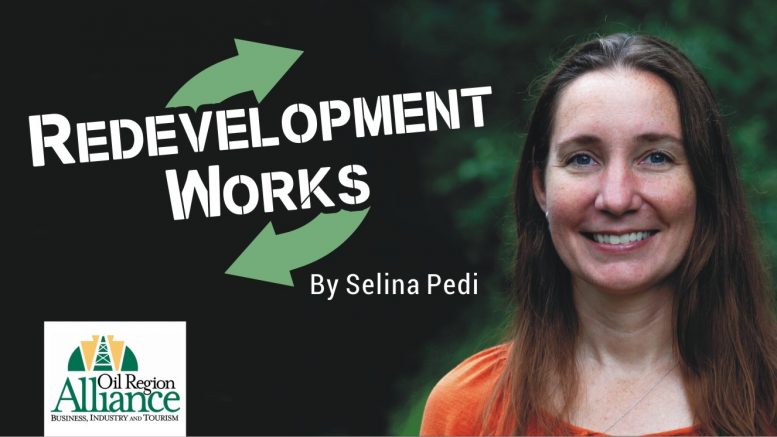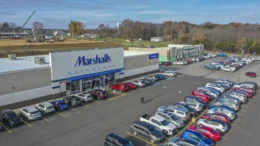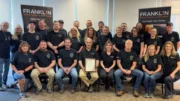We’ve talked in the past about partnerships in a general sense – folks working together for the common good. Municipalities working with community groups working with agencies working with private individuals, all working toward some shared goal for the benefit of their community. The River Roots Community Farm initiative is one such partnership, with private volunteers and donors working with the ORA and the AC Valley School District to grow an educational and economic asset for the community.
These types of partnerships are the lifeblood of a community, no matter how big or small. Having strong, successful individual entities is important, but when they come together, they are able to build on each other’s strengths, overcome individual challenges, and maximize the resources at their disposal. The more different groups work together, the more they are able to see their community from each other’s perspectives and the more they are able to find practical, implementable solutions to the wants and needs of that community. It’s a beautiful cycle when it works well, though the pace and level of success can be variable, as it depends on the goodwill, energy, and resources of many individual partners with their own unique outside demands, priorities, and motivations. Everyone has to be rowing in the same direction, as it were.
When it’s absolutely, undeniably crucial that partners are rowing in sync for an extended period of time, though, things tend to get more official. This is when another sort of partnership can come into the picture, a legal partnership, where two or more entities come together for a specific, often time-sensitive, venture. This can be the traditional partnership business model, when the partners share the costs, risks, and rewards of setting up and running a new private business, or it can be something like a Public Private Partnership, or P3, when a public-benefit organization or agency joins forces with one or more private partners to bring a larger project to life. We often hear about P3 projects in terms of very, very large initiatives, like a city and private company working together to build a new hospital, road, or other critical infrastructure.
In our smaller communities, we rarely have the large-scale projects that require official, defined legal partnerships between entities, though they do happen. As we continue to work toward the purposeful redevelopment of our region’s copious inventory of brownfields, however, we are moving into a realm where these sorts of partnerships will become ever more vital. As we all know too well, depending on grant funding – as most public-benefit organizations, institutions, and agencies currently do in our region – is exceptionally slow, not to mention temperamental. The cycles are long, and an award is never guaranteed. Remediation of the Fuchs site in Emlenton, for example, is stuck in limbo while we await word on a state budget and the rebirth of the Industrial Sites Reuse Program or the arrival of another funding source. It’s imperative to bring other funding streams into the mix, and that will, at some point or another, require private investment.
So, what can we expect when we get to that point? We’ll talk more about the expectations and realities of truly successful Public Private Partnerships next week, but if you’re curious now, please reach out or come and talk to our regional redevelopment team in person one of these Fridays down in Foxburg!
Selina Pedi is the Oil Region Alliance redevelopment manager. She can be reached by email at spedi@oilregion.org.






































